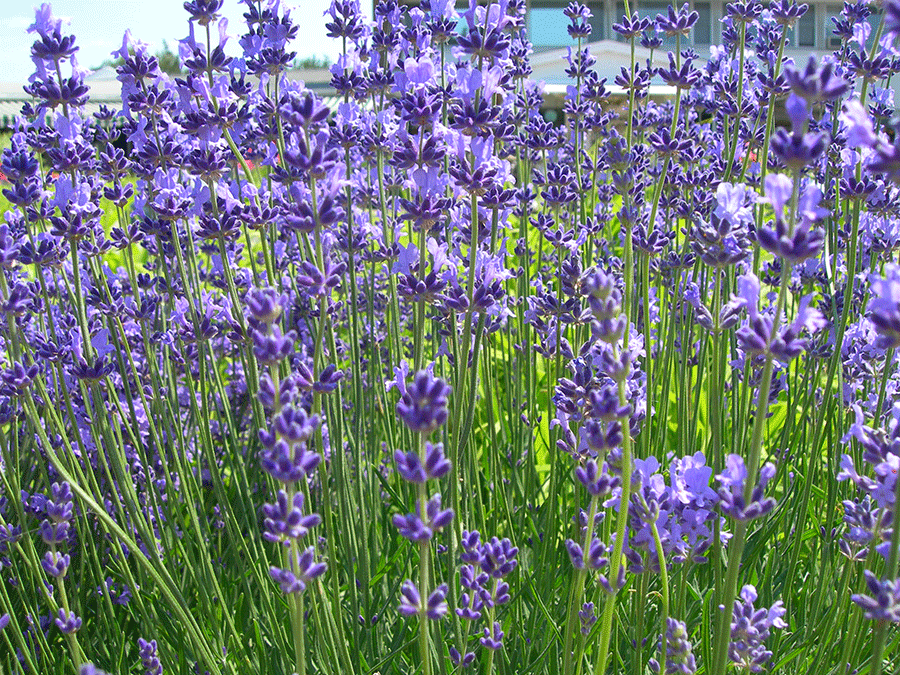
Whether you consider lavender a fragrance, a colour, a seasoning or a perennial plant, our love affair with this evocative herb has been long and enduring.
In ancient Egypt and Greece, lavender was used as a perfume and ingredient in incense. In the Middle Ages, it was considered an aphrodisiac. (It was also believed that a sprinkling of lavender on the head of a loved one would keep that person chaste — which seems to be at odds with its purported aphrodisiac properties!) Touted as well as a cure for lice, toothaches and headaches, lavender was considered quite the all-purpose herb. It was even thought to tame lions and tigers.
Reading through lavender lore, one is less likely to find mention of its culinary use, although it’s said that Queen Elizabeth I savoured lavender conserve and a lavender tisane (a herbal infusion sweetened with honey) made from plants grown at her palace. The classic herb mixture herbes de provence often includes lavender, as well as rosemary, thyme and bay leaf. It’s doubtful, though, that many cookbooks before the 1980s mentioned lavender as a culinary herb. But it’s now found in recipes for sweet dishes, infusing them with a citrusy bite, and in savoury dishes, offering a soft hint of flavour similar to rosemary or marjoram.
Growing and pruning lavender
As with many flourishing romances, challenges abound in our love affair with cultivating lavender, especially in areas where winters are harsh and summers are humid.
“So many people tell me they can’t grow lavender, when actually it’s because they bought cultivars that aren’t hardy for their area,” says Carole Coleman, owner of Tansy Lane Herb Farm in Albert Mines, N.B.
Coleman suggests growing borderline-hardy types in protected areas or treating tender varieties as annuals and growing them in pots. “They’ll reach a good size in one season,” she says.
Here’s how to help ensure your relationship with lavender grows smoothly.
- Choose a site with excellent drainage in full sun that offers protection from wind during winter.
- In borderline hardy areas, mulch with about three inches (8 cm) of organic material, such as shredded leaves or compost, over winter. For added protection, erect a windbreak made of burlap attached to sturdy stakes around (but not touching) the plants.
- If your soil is dense clay, amend with plenty of coarse builder’s sand (the kind with various-sized particles); plant in slightly raised beds.
- Besides having an aversion to “wet feet,” lavender also dislikes high humidity, so space plants far enough apart to allow air to easily circulate. Although it’s relatively drought-hardy, the herb requires adequate moisture to flower well, but don’t overdo it; be sure to let the top few inches of soil dry out between waterings.
- Prune lightly in spring to keep plants tidy and remove winterkill. Remove no more than one-third of a plant at a time; don’t cut stems back into woody growth. Plants can also be lightly sheared after flowering to keep them bushy.
- Most lavender seed is slow and difficult to germinate, with the exception of ‘Lady’. Rooted cuttings or purchased plants are your best option.
Even if a few favourite lavender plants succumb after an exceptionally cold or wet winter, it’s worth growing them to have that glorious fragrance waft over you on a warm summer day or watch bees and butterflies dance around the distinctive blue wands in the sun.
Lavenders to grow
Not all lavenders are lilac-coloured; there are white, violet, purple and pink cultivars, too. Most have soft, greyish-green, narrow foliage. English lavender blooms in late June, while fringed and lavendin hybrid types bloom slightly later. Here are a few choice varieties, starting with the hardiest.
English lavenders (Lavandula angustifolia)
Known for their sweet, less camphor-like fragrance; Zone 4
- ‘Hidcote’: Dark violet-purple; 12 to 24 inches (30 to 60 cm) tall; good for culinary uses
- ‘Jean Davis’: Pale pink, with olive-green leaves; 12 to 16 inches (30 to 40 cm) tall
- ‘Lady’ (a.k.a. ‘Lavender Lady’): Medium lavender-blue; 10 to 15 inches (25 to 38 cm) tall; one of the few seed-grown lavenders that’s reliable and blooms in its first year
- ‘Maillette’: Dark lavender; 18 to 24 inches (45 to 60 cm) tall; known for its sweet scent and high essential-oil content; excellent in sachets
- ‘Munstead’: Pale grey-blue, 12 to 16 inches (30 to 40 cm) tall; often considered the hardiest of the English types; easy to disbud and good for potpourri
- ‘Nana Alba’: White; eight to 15 inches (20 to 38 cm) tall; good as an edging plant because of its compact growth
- ‘Royal Velvet’: Dark purple; 24 to 36 inches (60 to 90 cm) tall; longer and darker spikes than ‘Hidcote’
Lavendin hybrids (L. x intermedia)
Generally taller than English lavender; good for culinary uses; Zone 7
- ‘Fred Boutin’: Bright violet-purple, with velvety white foliage; 24 to 30 inches (60 to 75 cm) tall
- ‘Grosso’: Dark purple; 24 to 30 inches (60 to 75 cm) tall; excellent for drying
Fringed (a.k.a. French) lavender (L. dentata)
Finely toothed leaves (hence its common name); 24 to 36 inches (60 to 90 cm) tall; rosemary-scented with short spikes of lavender-mauve flowers; bushy habit; good for container-grown topiaries; Zone 8
Spanish lavender (L. stoechas)
Fat, dark purple flower spikes with a lavender-rosemary scent; light green leaves; 18 to 24 inches (45 to 60 cm) tall; sometimes called butterfly lavender because it has little mauve flaps, or ears, on the top of each flower spike; Zone 8
Harvesting, drying and preserving lavender
Both the flowers and foliage of lavender are fragrant, but it’s the flowers that are dried and preserved for craft or culinary uses. Some growers claim the scent of English lavender becomes even sweeter after drying, but all dried varieties retain their scent for a year or more.
Harvest stems when approximately one-quarter of the flowers are open (aromatic oils are at their peak); remove leaves. Gather stems into small bunches with rubber bands or twine and hang upside down in a cool, dry, dark room for two to three weeks.
To store dried lavender for recipes, rub bunches of dried stems over a wide-mouthed bowl. Shake the contents of the bowl through a sieve or colander to separate the dust from the big bits. Store bits in a small canister. (Make sure the lavender you use for culinary purposes hasn’t been sprayed with pesticide.)
Cooking with lavender
Either fresh or dried flowers can be used in recipes. Lavender has a strong, slightly citrusy tang—a little goes a long way.
Use lavender in place of lemon or mint in sweet dishes and lemon- and vanilla-based desserts; in savoury dishes, use as a substitute for rosemary. Or gently pull fresh flowers off stems and sprinkle blossoms on a green salad.
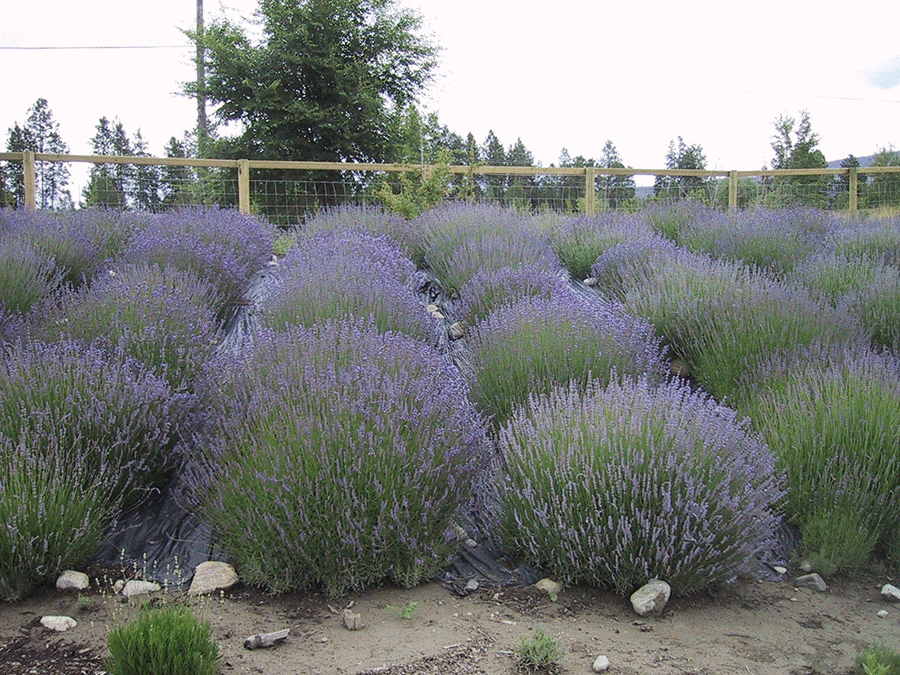


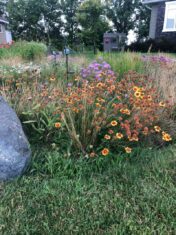
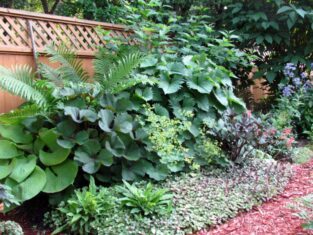

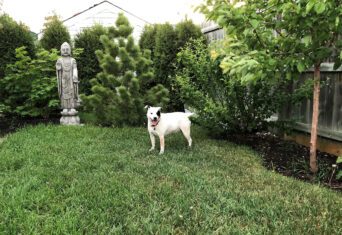



Fabulous article Becky thank you! I wonder if you know of anywhere in the Niagara Region that sell nana alba? I have had no luck finding this variety and help would be greatly appreciated
I have loved lavender for years with little success. Thanks for your article.
Becky, this is a fabulous article, thanks so much.